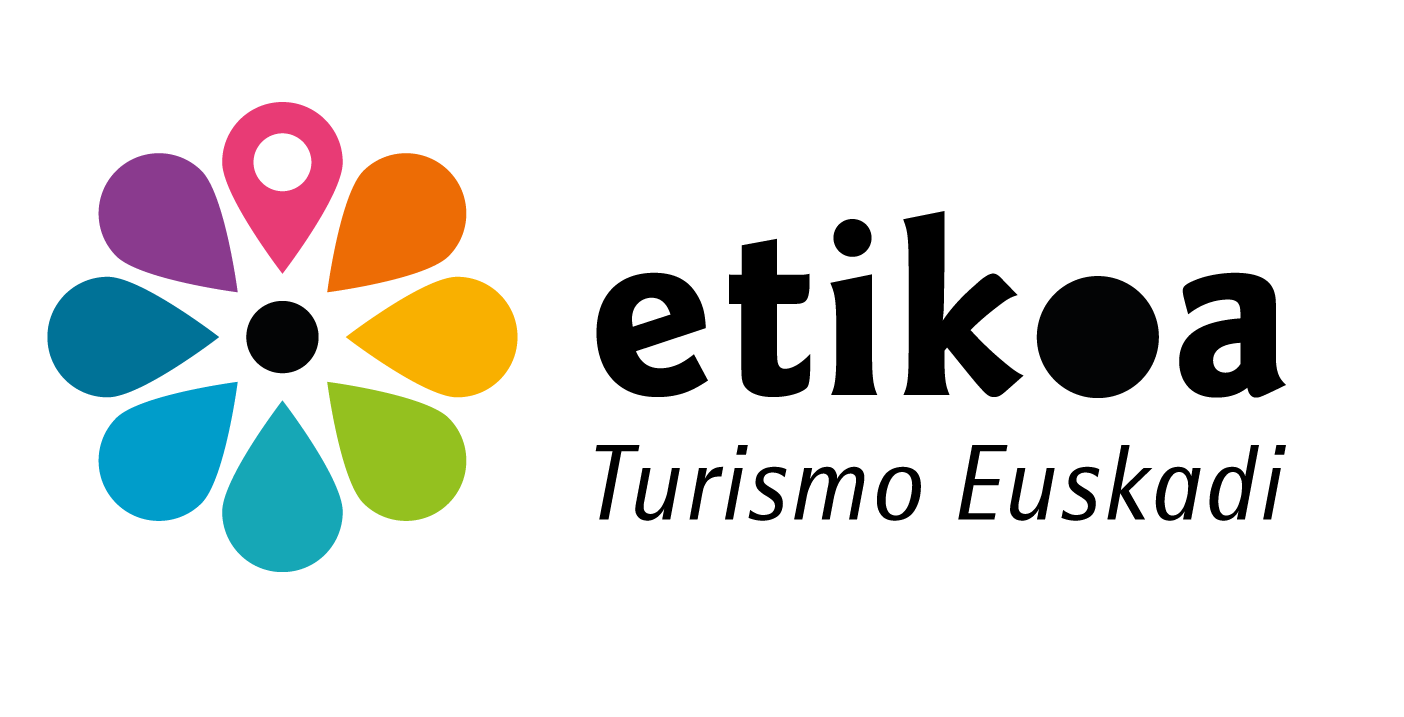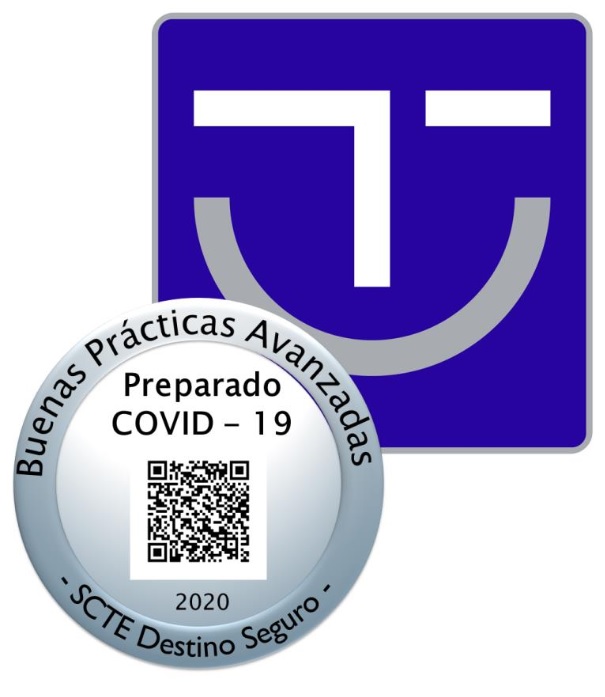Necropolis of
Argiñeta
A top-ranking feature on the list of archaeological heritage sites in Bizkaia, and one that is essential in providing knowledge of Middle Ages settlements
Argiñeta today looks very different from what it was like in the higher Middle Ages. At that time it was just one of many necropolises in the Duranguesado area, located beside a small church and containing graves of different standards depending on the social standing and hierarchical position of the community members buried there. In fact lower ranked individuals were buried directly in pits dug into the earth. Some evidence of these pits can still be seen.
The main attraction of this necropolis lies in the group of marker stones or stelae and tombs in and beside the chapel, which can be dated to the seventh and eighth centuries, though some of them – especially those which bear inscriptions – could be from the ninth century. In terms of historical value these stelae can only be compared to those found in other similar northern Pyrenean sites.
They are characterised by disc-shaped motifs and decorations in the former astral symbols that bear witness to a long tradition, but some of the inscriptions found at Argiñeta are thought to be the oldest Christian inscriptions in Bizkaia and perhaps in the whole of the Basque Country. That is why the necropolis caught the attention of scholars during the increase a few decades ago of interest in the introduction and expansion of Christianity in this area.
However, findings from recent explorations have opened up a new area of interest in Argiñeta, concerned not so much with Christianity as with upper mediaeval population dynamics. Three samples sent for carbon dating proved to be from the 10th and 11th centuries, or perhaps from as far back as the ninth century. This means that a group of post holes excavated in 2010 are from buildings that stood here at least that long ago, confirming the existence of a high degree of occupancy at Argiñeta in mid-mediaeval times.

SAN ADRIÁN CHAPEL
The chapel of San Adrian was rebuilt in the 16th century and since then has been renovated several times. The 17th century cobblestones, of undoubted artistic value, stand out.
The chapel of the initial neighbourhoods not only had religious functions, but was also the place to bury the dead and the meeting place of the community to deal with problems or civil issues. The religious and civil space of the community adopted the name of “cofradía” (frade=brother) or brotherhood in English.
In these villages, the church was a unifying element. It was the collective reference point: the only public and secure building where, after religious celebrations, all the neighbors met in council to make joint decisions.

THE SARCOPHAGUES AND THEIR INSCRIPTIONS
The sarcophagi and stelae were built of sandstone from the quarries of Mount Oiz.
They comprise two parts: the case, which was anthropomorphic in shape, and a peaked triangular lid. Their sizes vary, and in some cases the two parts do not match.
The most interesting are the second and third in the row on the left, because the funeral inscriptions on their lids are the oldest written evidence of a Christian population in Bizkaia.
The inscription on the second tomb reads “Obiit F(a)m¯ (u)l(u)s d¯ (e)i Paterna XVII k(l)ds Augustas” (Paterna, servant of God, died on the 17th of the calends of August).
The inscription on the third reads “In De(i) Niomine Momus in corpore bibentem /in era DCCCCXXI mi fecit/ ic dormit” (In the name of God, Momus in bodily life/ made me in 921 of this era [the year 883]/ Here he sleeps”.
On average the sarcophagi catalogued are around 2 m long. 13 of the cases are longer than this and seven are shorter, but all are at least 1.83 m in length. The spaces inside– which enable us to guess at the height of the persons laid to rest in them – range from 1.63 to 1.97 m in length, are around 32 cm deep and are between 60 and 70 cm wide.
One case has an anthropomorphic interior space but is shaped outside like a bathtub, with decoration simply cut into it around the outside edge. This decoration is now worn almost smooth, but must originally have formed a serrated perimeter pattern of the kind that can also be seen on the stelae.
Sandstone of Mount Oiz

THE STELAE
In all, 13 of these grave marker stones are kept inside the chapel. Copies of the five most interesting stones are on display outside it. Four of these are disc shaped, with a diameter of around 70 cm, and the fifth is triangular.
The outstanding features of the first four are their oval shaped heads supported by narrow necks, giving them an anthropomorphic appearance. The symbols on them are mainly astral (concentric circles, extended radial lines, cross shapes, serrated borders, etc.), repeating motifs handed down over a long tradition, but reinterpreted here in line with the beliefs of the peoples of the northern Pyrenees area. No such motives dating back beyond the end of the sixth century are known in this territory.

Extended information...
Necrópolis de Argiñeta
SOURCE: Bizkaiko Foru Aldundia eta Elorrioko Udala
Leaflet (Spanish)
Green Ways
Map
You may also like...
GUIDED TOURS
Guided visits to Argiñeta to get to know the necropolis in depth
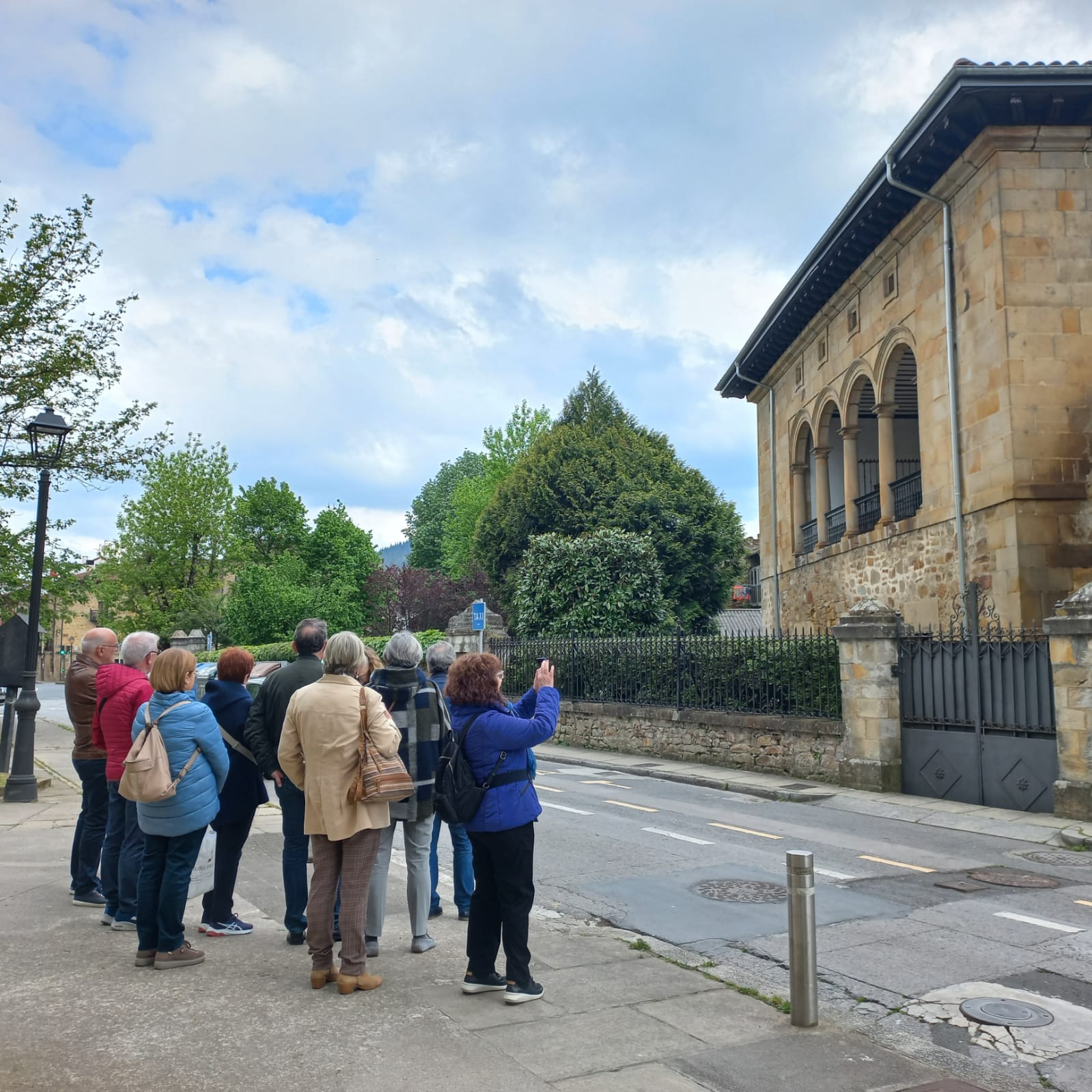
BERRIO-OTXOA TOUR
A tour through Elorrio based around San Valentín de Berrio-Otxoa.
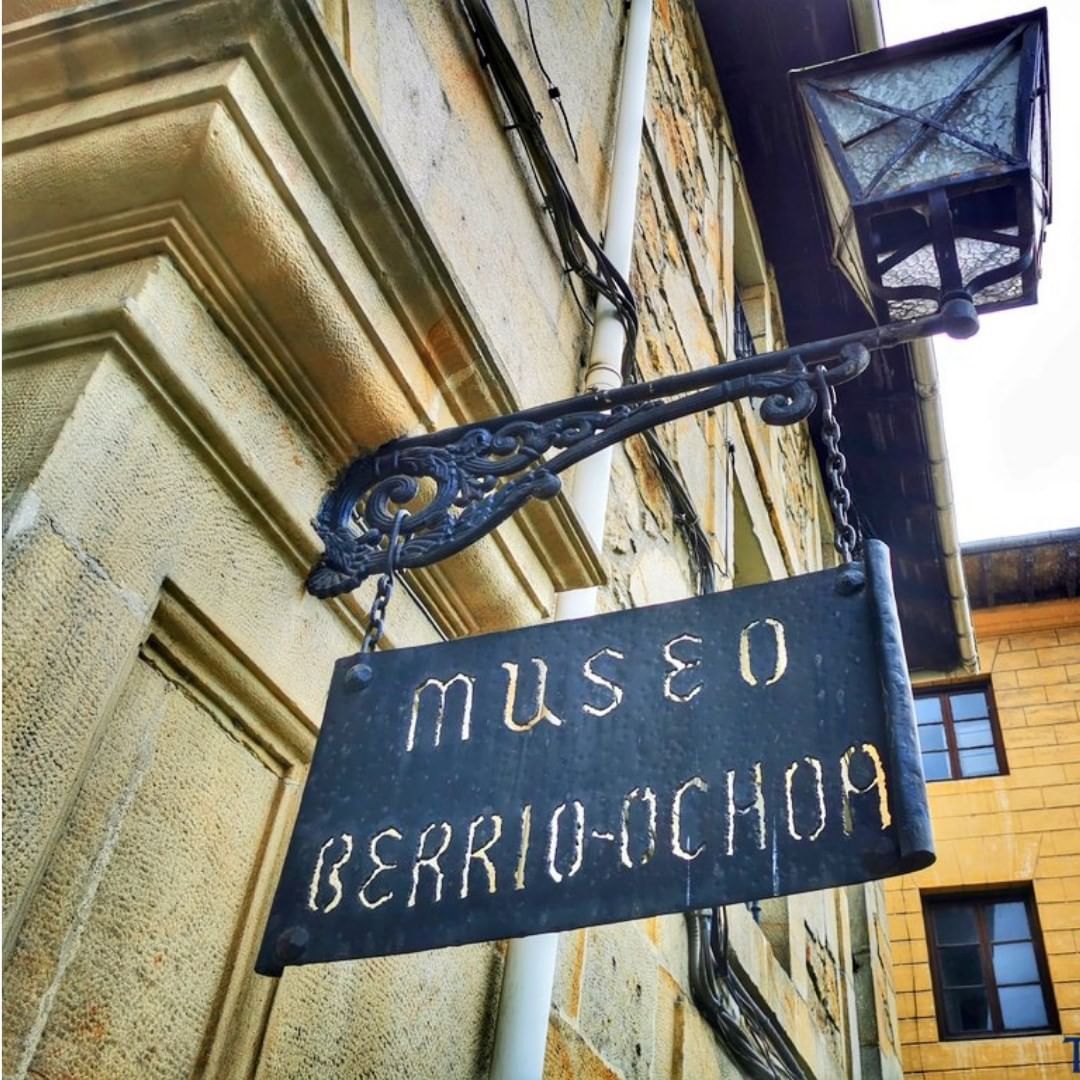
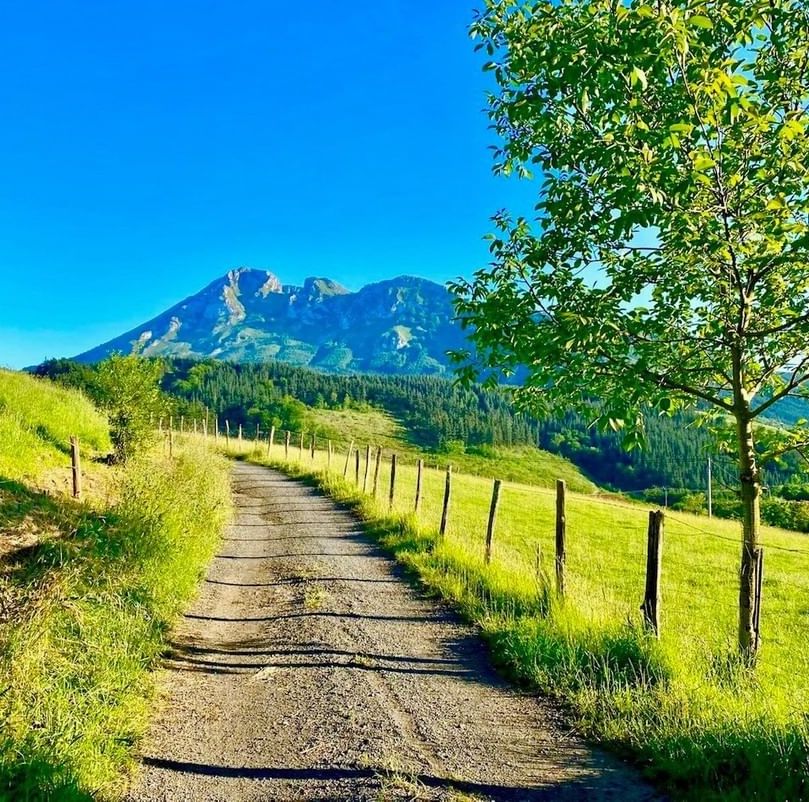
GREEN WAYS
Walking routes around Elorrio's rural neighbourhoods.

THE BASILICA
Meet the Immaculate Conception of Elorrio

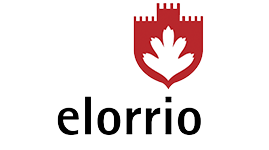
WINTER OPENING HOURS
From 15th September to 31st May
Monday: closed
Tuesday to Friday: 10:00 - 14:00
Saturday and festivities:
10:00 - 14:00 and 16:00 - 18:00
Sunday: 10:00 - 14:00
TOURISM OFFICE
Berrio-Otxoa Street, 1
48230 Elorrio (Bizkaia)
CONTACT US
SOCIAL MEDIA
